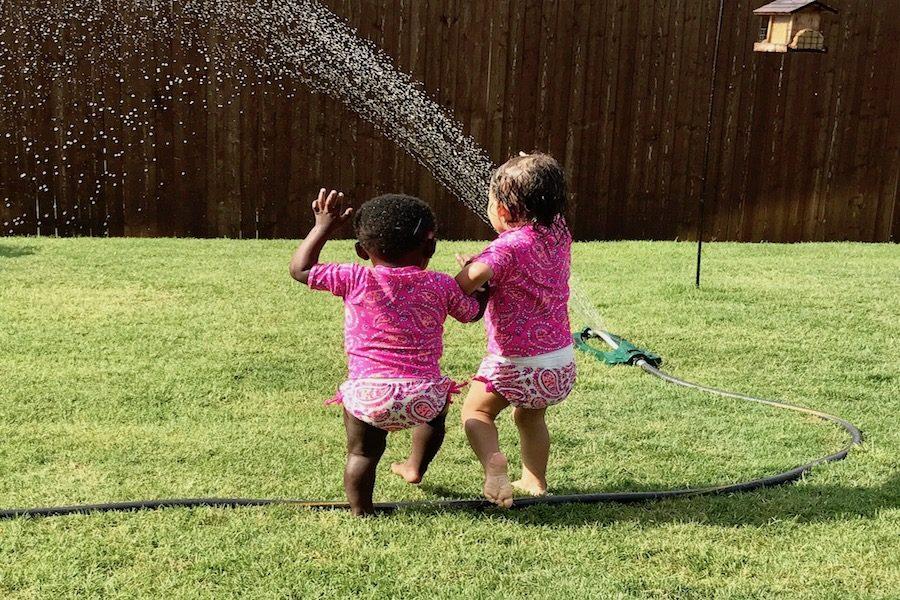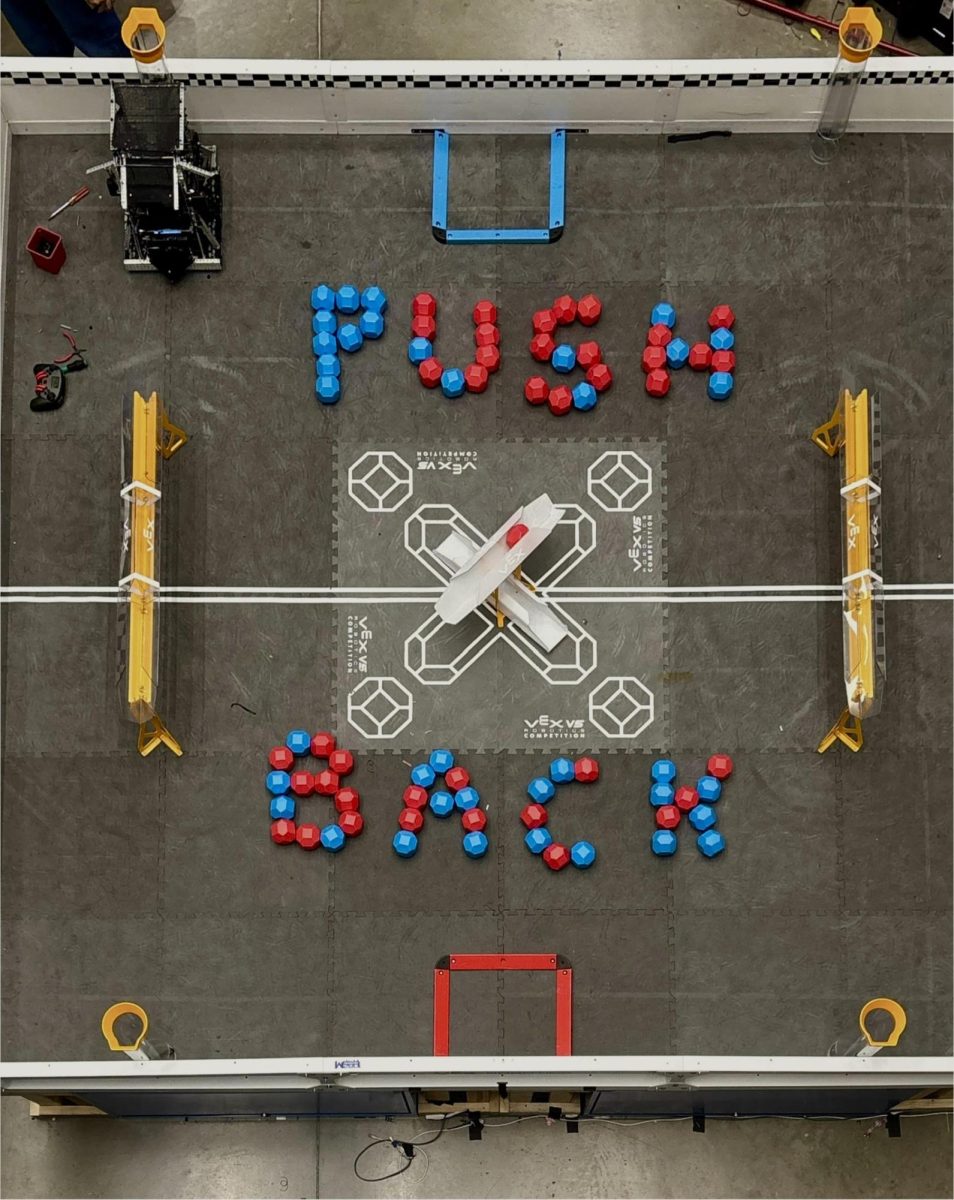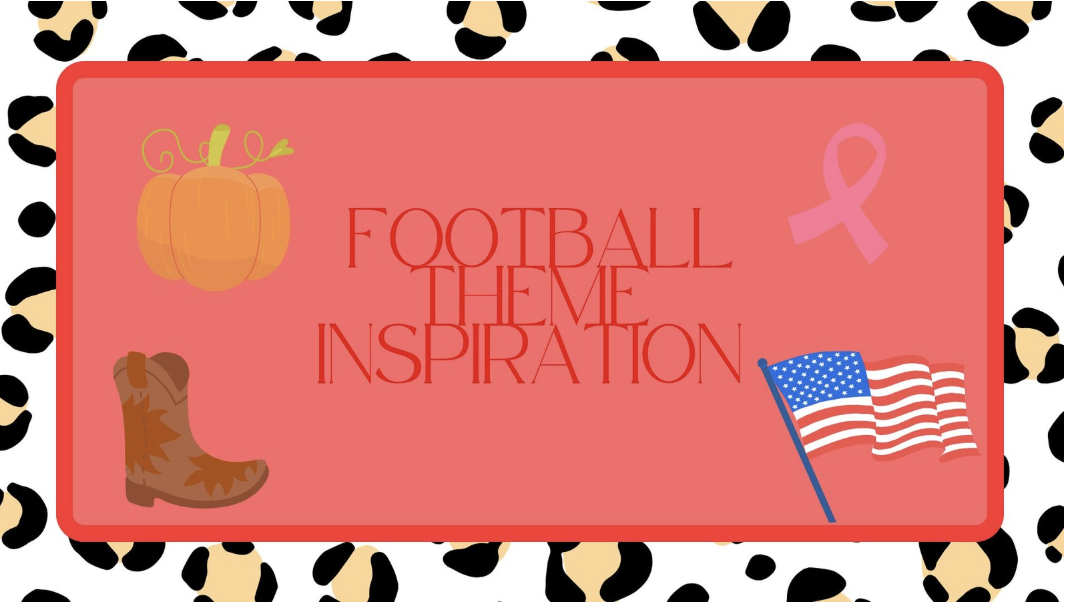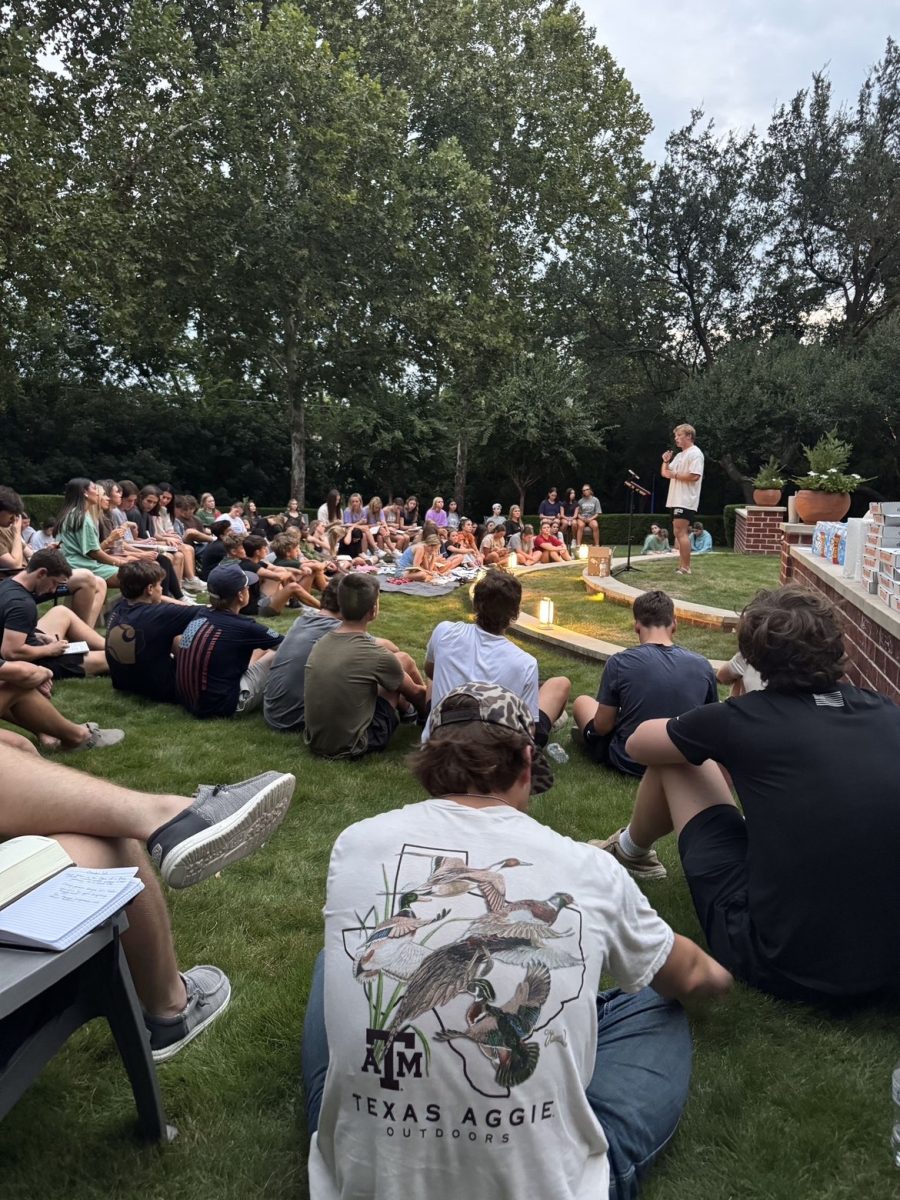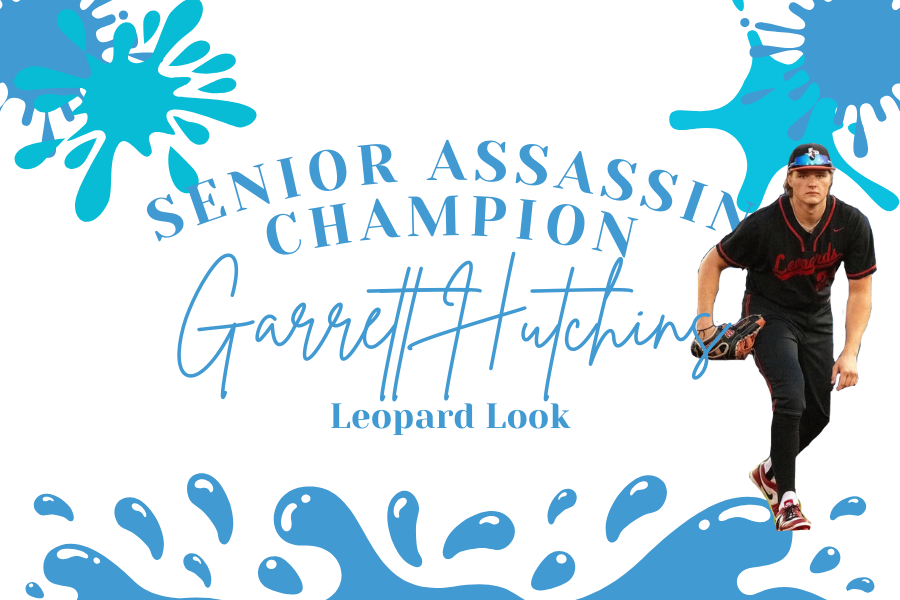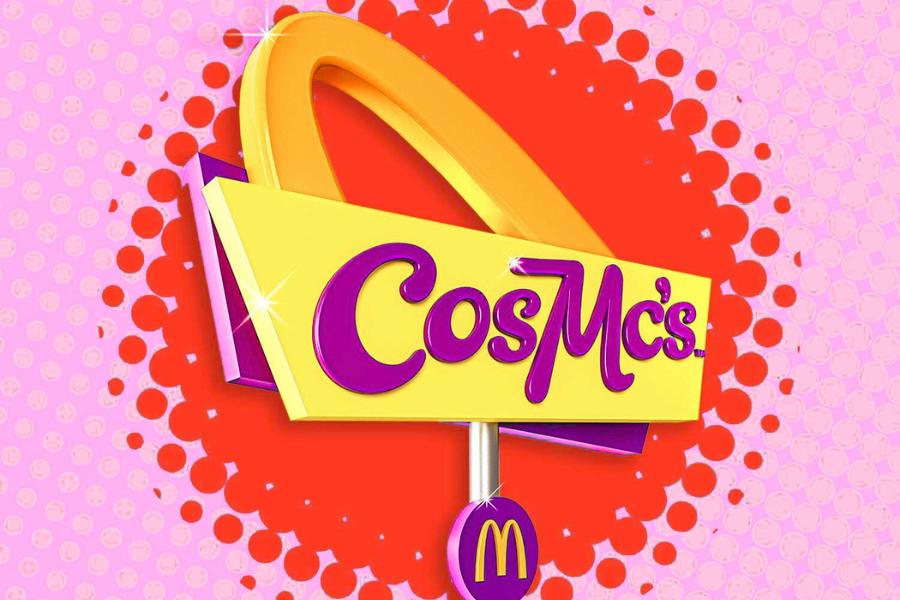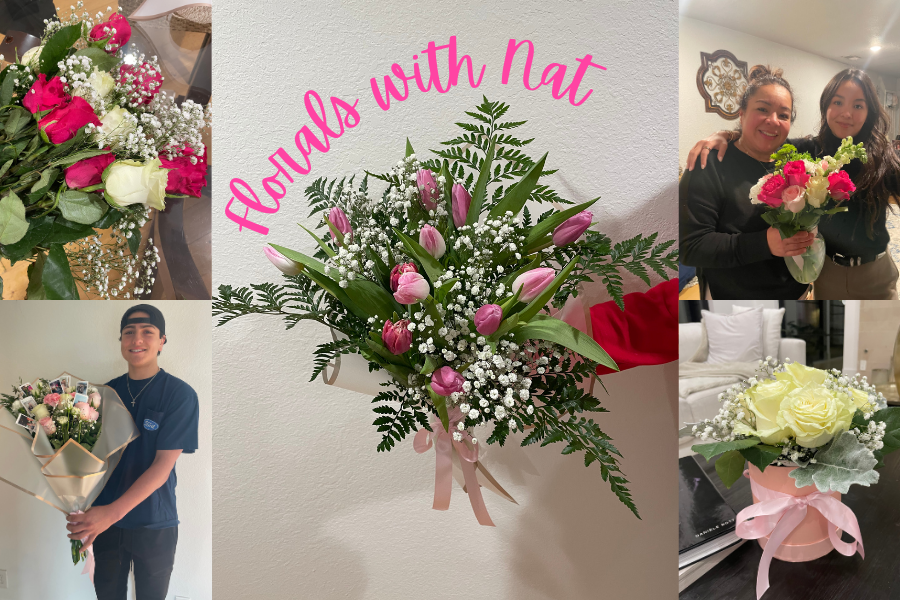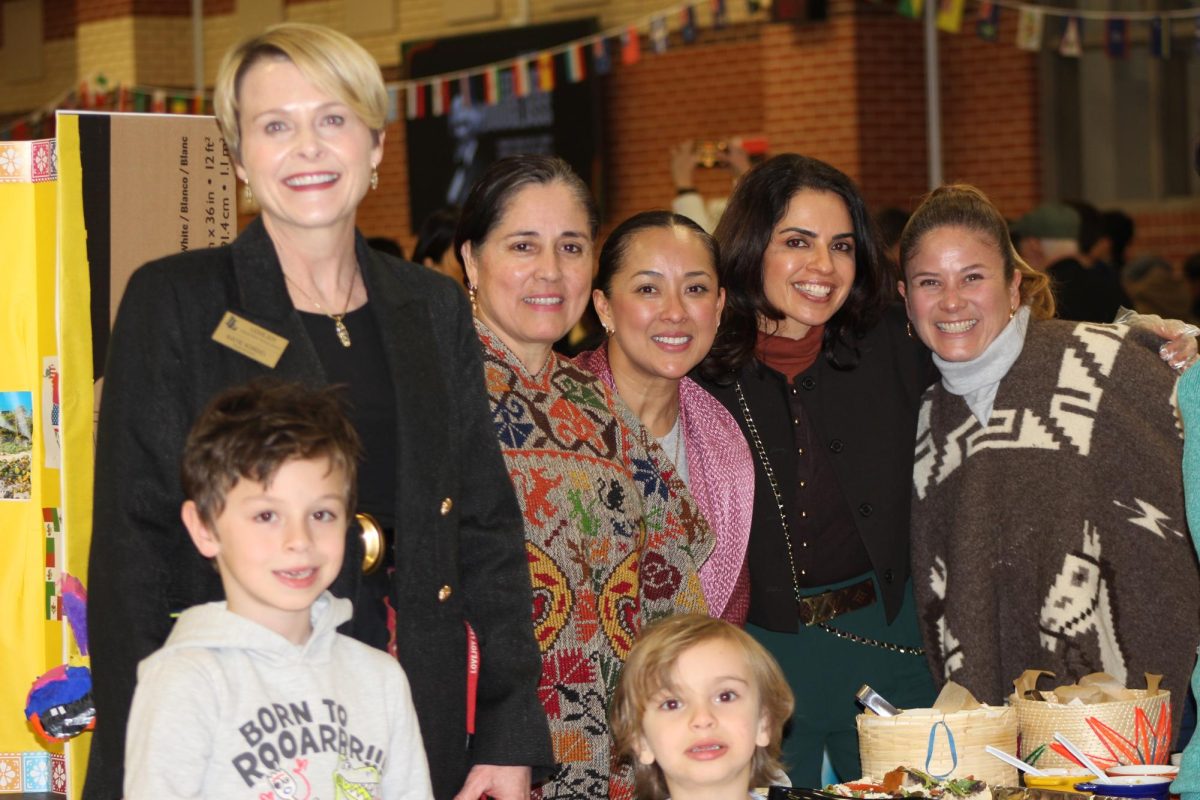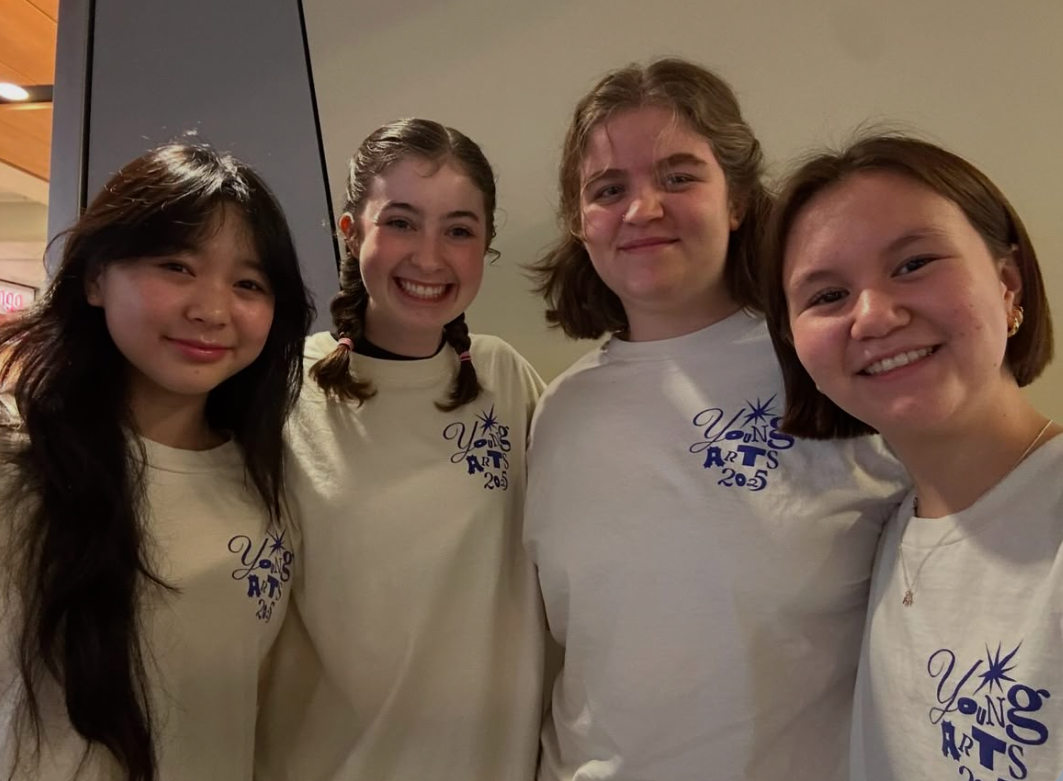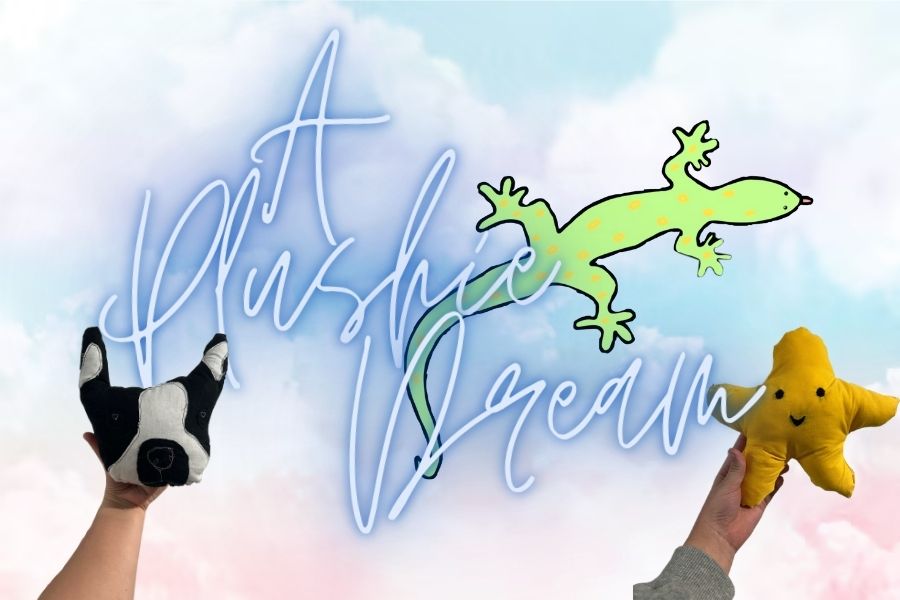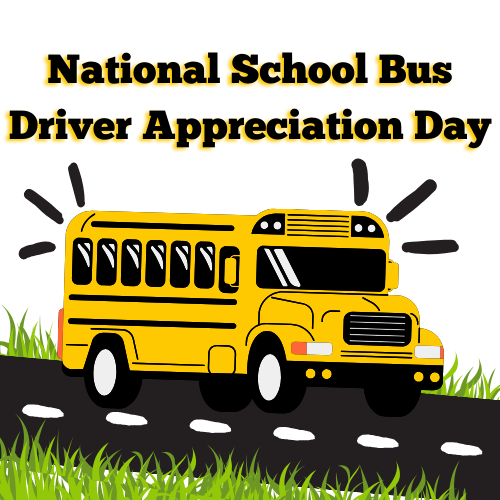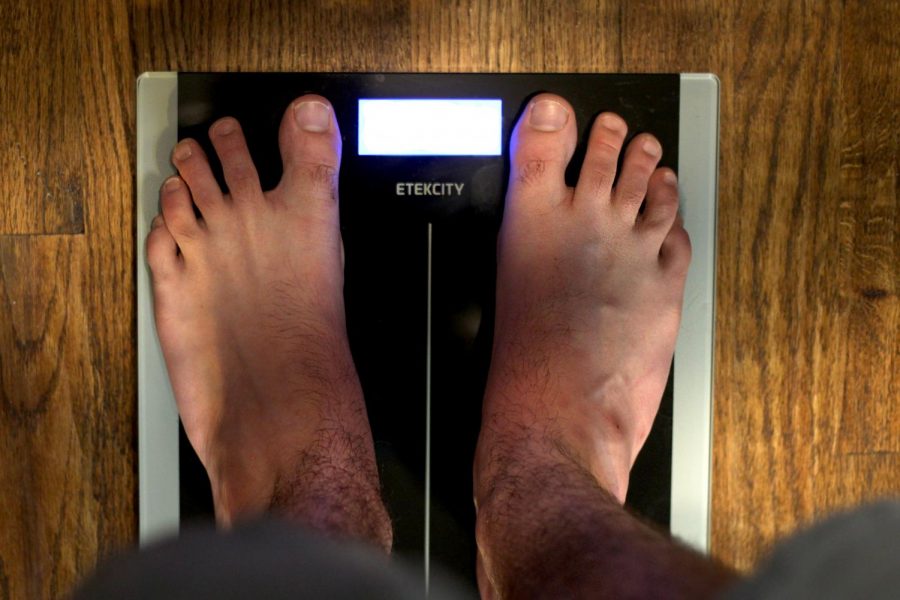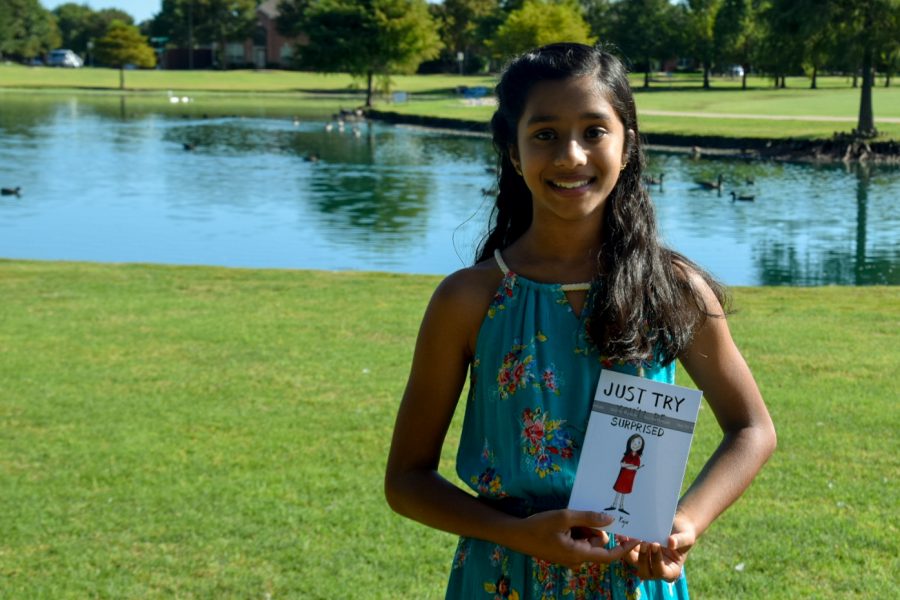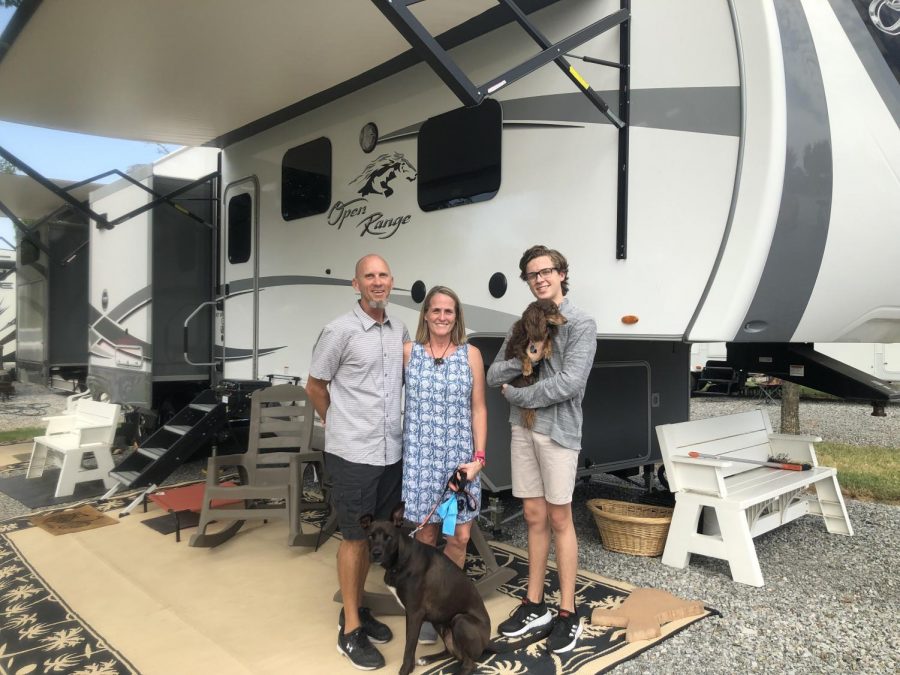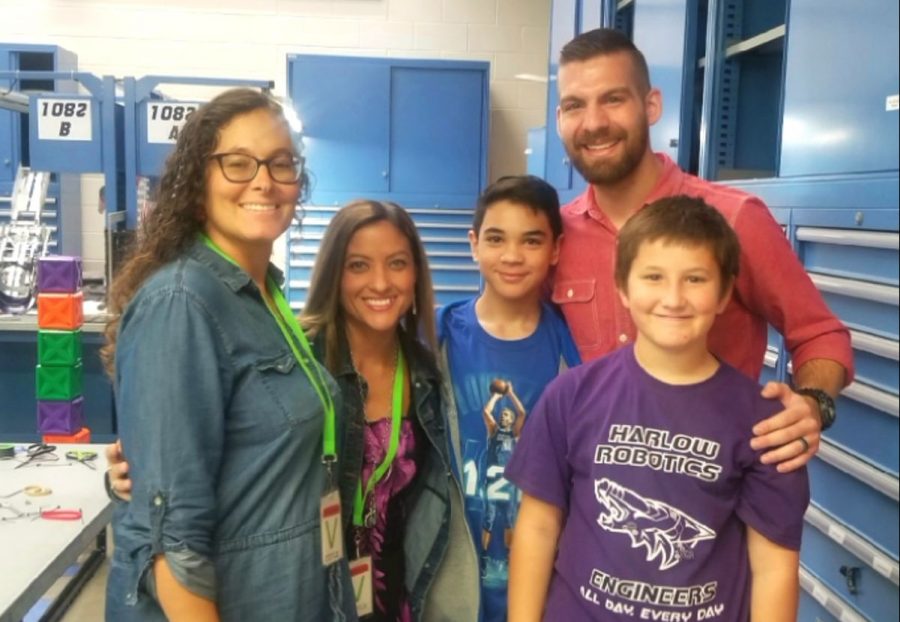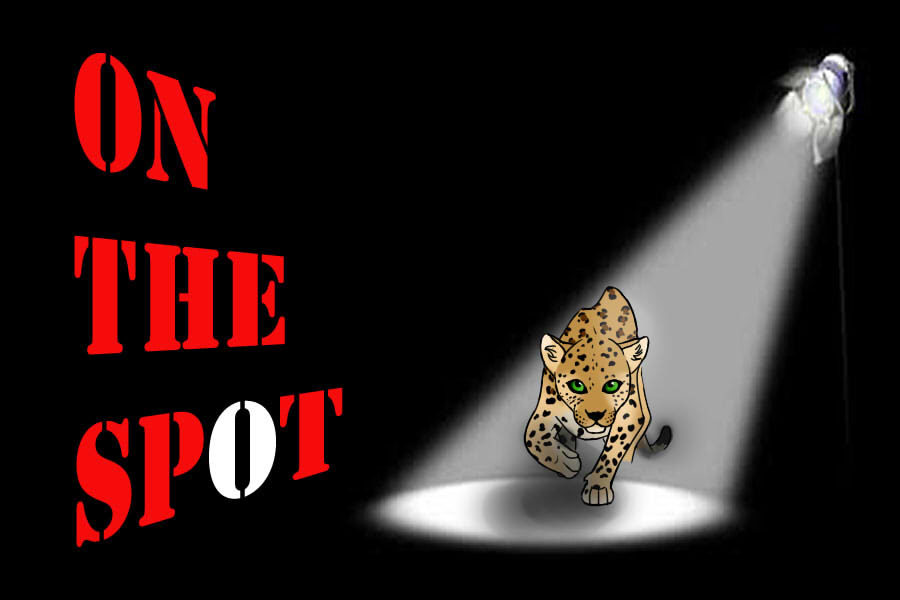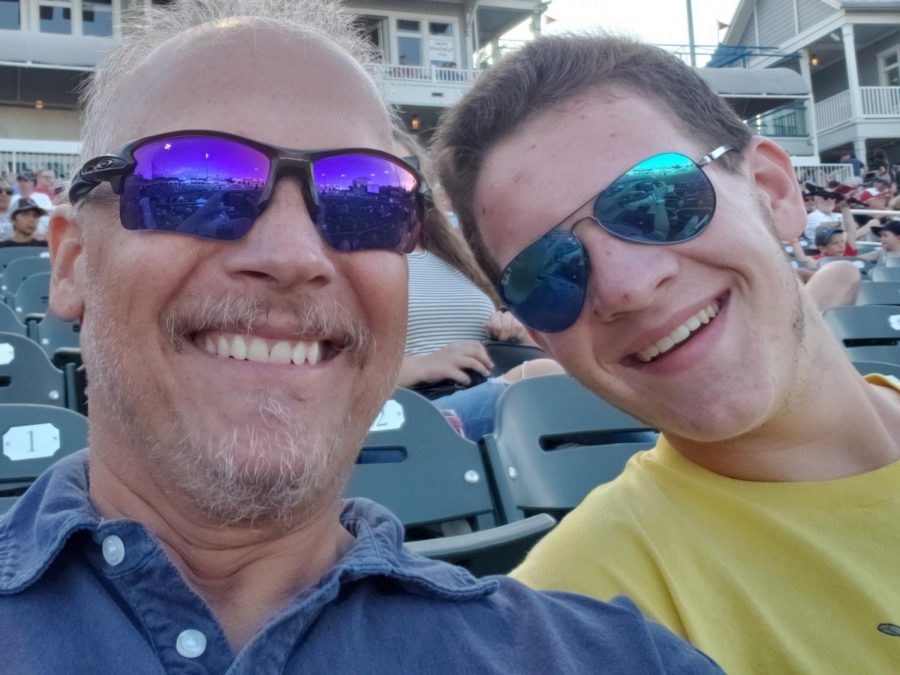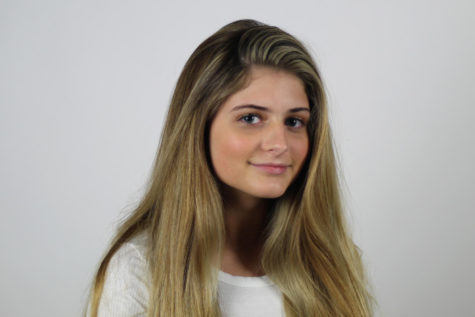Editor’s note: The name of the child the Olsen family is adopting cannot be disclosed at this time, so she is referred to simply as “the child.”
It’s that question.
“Is she yours?” strangers ask a white woman with an African-American child.
PreAP English III teacher Amy Olsen always responds with a “yes, she is,” and then watches the wheels turn in their heads.
“She is mine. My husband and I have taken care of her since she was 3 months old, and she calls [me] ‘mama’ and my husband ‘wa-wa’ instead of ‘daddy,’ so she is mine,” Amy said. “I think people have good intentions, it just comes out weird. What am I going to say, ‘No, I’m carrying around a stranger’s baby?’ No, she’s mine.”
The child, who is now 18 months old, came to the family when she was still a baby.
“When [she] came to the house, I thought she was so tiny and looked fragile,” Scott Olsen, Amy’s husband, said. “She came to us at 10 p.m., and she was so tired because she was up all day long with [Child Protective Services]. Of course, it was love at first sight, and I thought she was beautiful.”
While the child is in the process of being adopted, Amy and Scott already have a 2-year-old, Faith, who is legally their daughter. Both children came to the family through the fostering agency Upbring when their biological parents couldn’t take care of them anymore. Faith first arrived at the Olsen household on June 28, 2017, wearing a pink shirt, skinny jeans, and “little-bitty” boots when she was 11 months old.
“It felt like Christmas waiting for the doorbell to ring,” Amy said. “When we opened the door, she was there and came straight to me and smiled. It felt like she’d been with us for forever. She fit right into our family with my husband, me, and our two dogs.”
Pre-AP English II teacher Amanda Arriaga had known Amy and Scott for several years before they started fostering and saw the couple’s relationship with Faith blossom.
“[Amy and Scott] are both loving people, and I knew they would be great parents, and it was something they wanted so much–to be able to provide for a child and raise a child,” Arriaga said. “[I was] super-excited [when they adopted Faith] because I know it would’ve been heartbreaking for them if Faith hadn’t remained with them and if they wouldn’t have been able to adopt because she had definitely become their daughter.”
According to Adopt US Kids, there are 400,000 American children in foster care, and more than 100,000 of them are eligible for adoption. The purpose of foster parents is usually to give the child a safe environment to live in until reunification with the birth family is achieved.
However, there are cases where people, such as Amy and Scott, foster children in hopes of adopting them.
“[Scott and I] got married in our late 30s and knew that we weren’t able to have children of our own, so we decided from early on that if we were going to adopt, we’d have to do it through the foster system,” Amy said. “There are thousands of kids in the state of Texas in the foster care [system] that don’t have homes and don’t have a safe place to live, and there’s a big need for foster parents. So, we knew being foster-to-adopt parents would be a way to build our family and hopefully help out some kids that needed a fresh start and a safe place to live.”
For the Olsens, the process of becoming foster parents was extensive. There was an application and background check, orientation meeting, STAR pre-service training, CPR and first aid training, SMART behavioral intervention training, psychotropic medications and medications administration training, and several home screenings/studies and safety inspections.
While these procedures are necessary for foster parents, there is always a possibility of the adoption falling through. If biological family members decide they would like to raise the child and meet the requirements to do so, the foster child will, in most cases, be placed with biological family members over foster parents. The biological father of the Olsens’ child cannot be found, but he could potentially receive full parental rights if he came back.
“Knowing that it is an option is always on our mind,” Amy said. “We want what’s best for [the child], and at this point she’s been with us for a year and a half, and we feel like we’re what’s best for [her]. She still takes a bottle, and I rock her to sleep at night. We spend those last few minutes of the day together, and she’s just so sweet and calls me ‘mama,’ and that’s probably when I think about [losing her] the most. They say that if you don’t fall in love with your foster child that you’re doing something wrong.”
What often comes along with having adopted children, besides applications and concerns over losing the child, is anxiety regarding the day parents have to tell them their story. According to International Adopting Help, children who have been adopted by a different race need to be told about their adoption early on.
“My husband and I have recently been talking a lot about how we are going to talk to our daughters about their beginnings,” Amy said. “They will be able to see they look differently than we do because [the child we’re adopting] is a precious African-American baby–she doesn’t look like us–and Faith is biracial, [Caucasian and Hispanic]. It’s going to be obvious that they came from somewhere else and that we chose them. [We’ll] let them know that they were loved from the beginning.”
Both children currently cannot be with or meet with their biological parents, but Amy and Scott are preparing for when their daughters might want to find their biological parents.
“If the biological parents are stable and are living their lives the right way, I would not have any issues with my kids meeting their biological parents,” Scott said. “I think it is important that my kids know who their biological parents are, but I also think that my kids need to be safe. Right now, our children’s biological parents are not in a condition to have a relationship. They have many issues, and they would not be a good influence on the children. In the future, if the biological parents can get their lives together, Amy and I wouldn’t have an issue.”
Studies show that adopted children who know their past and their story are healthier than children who don’t.
“We’re open to them having a relationship [with their biological parents] because that’d be healthiest,” Amy said. “We want what’s best for Faith and [our current foster child], and if that means when they become adults and have the desire to find their family, we would be supportive of that. One can never have too much family and too much love.”



